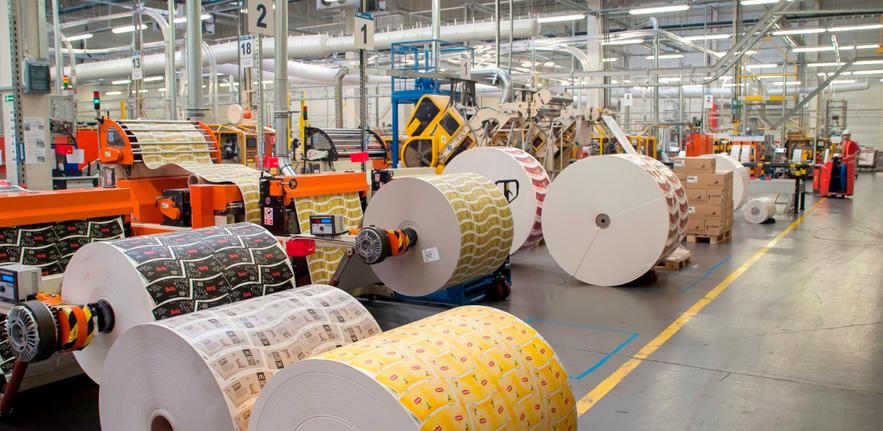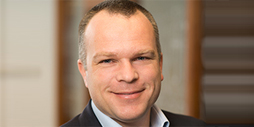
25 April 2018 – Wouter van Tol, the Global Head of Corporate Responsibility at Huhtamaki, reflects on a decade of change in the world of sustainability; the big trends, lessons learned and how companies can show leadership to tackle today’s biggest challenges
My experience of CISL was so positive that I have recommended the course to colleagues and one of my staff has attended the course too. Looking back, it had a real rounding effect on my professional development. Everyone who joins the course has certain areas of deep knowledge and experience but you are able to immerse yourself in the breadth of the issues connected to sustainability. I also valued the lectures, many of which I thought were world class. It was interesting that some of them centred on unexpected themes. For example, a philosophy professor talked about the concept of the Tragedy of the Commons and how it applies to sustainability challenges like greenhouse gas emissions. It was also valuable to have a diversity of people in my cohort, especially those from outside Europe. This helped me examine ideas through a different prism to that of the UK and European perspectives.
In 2008, I became head of sustainability communications for Nestlé. Our management team was very serious about improving the sustainability of the cocoa supply chain. We focused mainly on the Ivory Coast because that is by far the largest country of origin for cocoa. The social, environmental and economic challenges in the cocoa supply chain are complex, interconnected and they’re often regional rather than national. We engaged with a range of organisations to develop solutions and it was during this time Kit Kat gained Fairtrade certification.
When I joined Samsung in 2013, I was very interested in how technology could be used as a game changer for sustainability issues. We identified a big digital skills gap in Europe; millions of young people, especially those from disadvantaged backgrounds, simply did not have the right digital skills to fill the many vacancies in businesses. We developed a programme to give these young people the chance to build their digital skills. The scale was huge. In Europe alone, we covered 26 countries.
A circular egg box
Huhtamaki, and the packaging industry as a whole, is a great place to work as a sustainability professional. When I joined Huhtamaki as Head of Corporate Responsibility in 2017, I was pleased to find innovation in the everyday items we make. For example, our egg boxes are already a ‘circular’ product in that they use recycled paper as a raw material, and they’re fully recyclable and compostable at the end of life. But with people reading fewer and fewer newspapers, the supply of raw materials is at risk. We developed an egg box which uses grass as a raw material. This reduces water usage by more than fifty per cent and CO2 emissions by ten per cent. We have more of these in the pipeline and are in an excellent position to develop and commercialise them with our customers.
Scandals, positive developments and leadership
Looking back on the past decade, it’s interesting to look at some of the changes in the world of sustainability.
The introduction of the UN Sustainable Development Goals (SDGs) was really positive for corporate sustainability professionals like myself, because the SDGs provide a common language to describe global challenges we need to address collectively.
The role of leadership on sustainability from China has also been a game changer. They are in a very strong position in solar energy, battery technology and electric vehicle industries. I believe this is driven by factors such as pollution levels but also the economic opportunity of becoming a leader in these industries.
The VW emissions scandal and the financial crisis had a profoundly negative impact on society, and on trust in business. All the companies involved had sustainability departments but that did not stop these things from happening. What can we learn from that as sustainability leaders?
There are some really good examples of what sustainability leadership looks like. I admire Unilever’s CEO Paul Polman, who delivers on all financial and sustainability metrics and he understands the role of his business in the context of those big global challenges and megatrends. And there are many other, less high profile, examples. But the answer of how a company can show sustainability leadership differs from sector to sector, and company to company. Finding the right approach for your particular situation is part of what makes this profession so rewarding.





